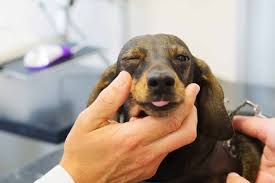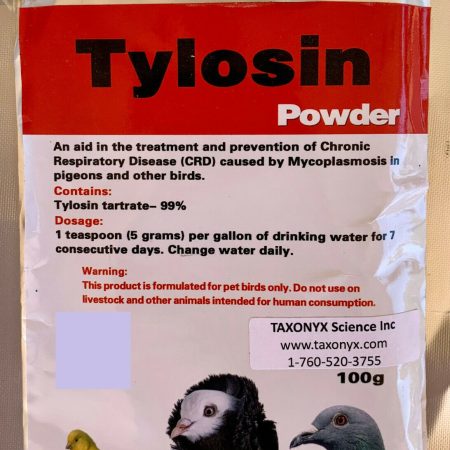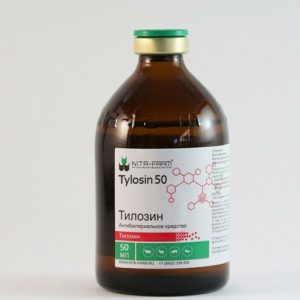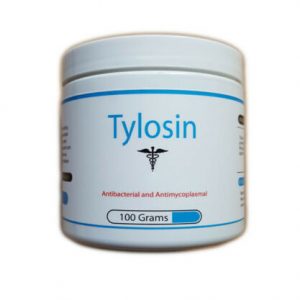Overactive tear ducts, also known as epiphora or excessive tearing, is a common issue in dogs that can cause discomfort and irritation for your furry friend. It can also lead to secondary infections and other problems if left untreated. In this article, we will explore the causes, symptoms, and treatment options for overactive tear ducts in dogs.
Introduction

Dogs, like other mammals, have tear ducts that help to keep their eyes moist and healthy. The ducts produce tears that help to clean and lubricate the eyes, and provide protection against infection. In dogs, the tear ducts are located near the inner corner of the eye, and the tears are then drained into the nasal cavity through small openings in the corner of the eye. This is why you may sometimes see a dog’s eyes “tearing” or “weeping” when they are experiencing an excess of tears. This is a natural and healthy process, and helps to keep the dog’s eyes comfortable and healthy.
A Dog’s tear ducts do not produce tears like humans do. Instead, the tear ducts simply help to keep the eyes moist and lubricated. When a dog cries, it is usually because of physical or emotional distress and the tears are not produced by the tear ducts.
Tear ducts in dogs work similarly to tear ducts in humans. They help protect the eyes by providing a steady flow of tears that help keep the eyes moist and flush out any foreign substances. The tear ducts are connected to the lacrimal glands, which produce the tears. The tears then travel through a small duct and empty into the corner of the eye near the nose. If a dog’s tear ducts become blocked, it can cause discomfort and irritation, and can lead to infections.
What are overactive tear ducts?
The tear ducts, also known as the lacrimal ducts, are small tubes that carry tears from the surface of the eye to the nose. Tears are produced constantly to keep the eye moist and comfortable, and excess tears are normally drained through the tear ducts and into the nose.
However, some dogs may have a problem with their tear ducts that causes them to produce excessive tears or have difficulty draining the excess tears properly. This can lead to a buildup of tears on the surface of the eye, causing discomfort and irritation.
Causes of overactive tear ducts in dogs
There are several potential causes of overactive tear ducts in dogs, including:
- Anatomical abnormalities: Some dogs may be born with abnormal tear ducts or with a misalignment of the tear ducts and the nose, which can cause tears to overflow and spill onto the face.
- Infections: Infections of the eye or nose can cause inflammation and swelling of the tear ducts, leading to excessive tearing.
- Allergies: Allergic reactions can cause inflammation and swelling of the tear ducts, leading to excessive tearing.
- Foreign bodies: Sometimes, a foreign object such as a grass seed or small piece of debris can become stuck in the tear ducts, causing them to become blocked and leading to excessive tearing.
- Eyelid problems: Certain eyelid problems, such as entropion (inward-turning eyelids) or ectropion (outward-turning eyelids), can cause the eyelashes to rub against the surface of the eye, leading to irritation and excessive tearing.
Symptoms of overactive tear ducts in dogs
The most obvious symptom of overactive tear ducts in dogs is excessive tearing, which can cause a wet or matted appearance around the eyes. Other symptoms may include:
- Redness and irritation of the eye
- Discharge or crusting around the eye
- Squinting or rubbing of the eye
- Swelling of the eye or surrounding area
- Increased sensitivity to light
If you notice any of these symptoms in your dog, it is important to consult with a veterinarian as soon as possible to determine the cause and determine the appropriate treatment.
Treatment of overactive tear ducts in dogs
Treatment for overactive tear ducts in dogs will depend on the underlying cause of the problem. Some possible treatments may include:
- Medications: If the cause of the excessive tearing is an infection or allergy, your veterinarian may prescribe medications to help reduce inflammation and treat the underlying problem. read our article Tylosin for Dogs, this may be helpful in this regard.
- Surgical correction: In some cases, surgery may be necessary to correct anatomical abnormalities or repair damaged tear ducts.
- Wiping away excess tears: To prevent irritation and infections, it is important to regularly clean away excess tears from your dog’s eyes. You can use a soft, moist cloth or cotton ball to gently wipe away the tears, being careful not to rub or scratch the eye.
- Tear duct plugs: Your veterinarian may recommend the use of tear duct plugs, which are small, temporary plugs that are inserted into the tear ducts to help reduce the amount of tears that are excreted.
In dogs, tear duct blockages can occur due to various reasons, including overactive tear ducts. Overactive tear ducts refer to a condition in which excessive tearing or increased tear production is observed in dogs. This increased tear production can contribute to the development of tear duct blockages. Here’s a brief explanation of how this can happen.
Blocked Tear Ducts
Increased Tear Production
Overactive tear ducts can lead to an excessive amount of tears being produced by the lacrimal glands in the dog’s eyes. This may be due to various factors such as eye irritation, inflammation, allergies, or underlying health conditions.
Tear Duct Anatomy
Dogs have tear ducts, also known as nasolacrimal ducts, which drain tears from the eyes into the nasal cavity. Tear ducts are small tubes that connect the inner corner of the eye (near the tear duct opening) to the nasal cavity. When tears are produced in excess, the tear ducts may struggle to handle the increased volume, making them more prone to blockages.
Mucus and Debris Accumulation
Tears naturally contain mucus and other debris that help flush out foreign particles from the eye. However, when tear production is excessive, the amount of mucus and debris also increases. This can lead to the accumulation of mucus plugs, debris, or crusts within the tear ducts, causing blockages.
Inflammation and Infections
Overactive tear ducts and tear duct blockages can lead to increased inflammation and create a favorable environment for bacterial or fungal infections. Infections further contribute to the formation of blockages by causing swelling, narrowing, or scarring of the tear ducts.
It’s important to note that tear duct blockages can also be caused by factors unrelated to tear overproduction. These may include congenital abnormalities, physical obstructions, injuries, or tumors. If you suspect your dog has tear duct blockages or any other eye-related issues, it’s best to consult a veterinarian for a proper diagnosis and appropriate treatment.
Watery eyes
If your dog has a blocked tear duct, you may notice that their eyes are constantly watery, and they may have a discharge coming from their eyes. You may also notice that your pup is squinting or blinking more than usual. If you suspect that your pup has a blocked tear duct, it is important to take them to the vet for a proper diagnosis and treatment. A blocked tear duct is caused by a blockage in the tear ducts, which are the small tubes that carry tears from the eyes to the nose. This blockage can be caused by a variety of things, including an infection, a foreign object, or a tumor. In some cases, the blockage can be caused by a congenital defect, which means that the pup was born with the condition.
Symptoms of Tear Blocked Tear Ducts
The most common symptom of a blocked tear duct is excessive tearing. This is because the tears are not able to drain properly, so they accumulate in the eyes and cause them to water. Other symptoms may include redness, swelling, and discharge from the eyes. If your pup is diagnosed with a blocked tear duct, the vet will likely recommend a course of treatment.
This may include antibiotics to treat any underlying infection, as well as surgery to remove the blockage. In some cases, the vet may also recommend a tear duct massage, which can help to open up the tear ducts and allow the tears to drain properly. If your pup is diagnosed with a blocked tear duct, it is important to take them to the vet for regular check-ups. This will help to ensure that the condition does not worsen and that your pup is receiving the proper treatment.
Clean and Debris Free
Additionally, it is important to keep your pup’s eyes clean and free of debris, as this can help to prevent the condition from worsening. Blocked tear ducts in dogs can be a serious condition, but with proper diagnosis and treatment, your pup can live a happy and healthy life. If you suspect that your pup has a blocked tear duct, it is important to take them to the vet for a proper diagnosis and treatment.
Conclusion
Overactive tear ducts can cause discomfort and can be a sign of underlying health issues. The condition is characterized by an excessive production of tears, which can lead to wet eyes and excessive tear staining around the eyes. The causes, symptoms, and treatment options for overactive tear ducts in dogs were discussed in this article. Treatment depends on the underlying cause and may include avoidance of allergens/irritants, antibiotics or other medications, or surgery. It is important to seek veterinary care if your dog is experiencing excessive tearing or wet eyes, as this could be a sign of a serious health issue.
 Total Pooch Dog Supplements, Tear Stain Removers, De-wormers, Tylosin for Dogs and other great products.
Total Pooch Dog Supplements, Tear Stain Removers, De-wormers, Tylosin for Dogs and other great products.






